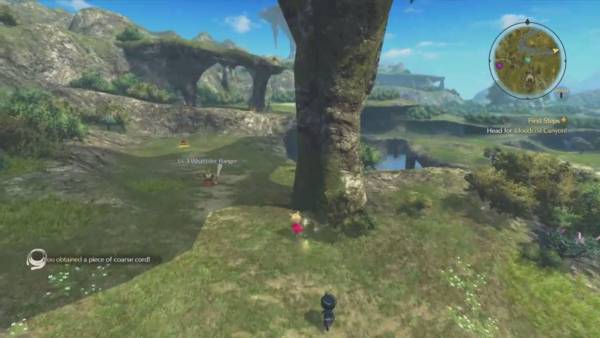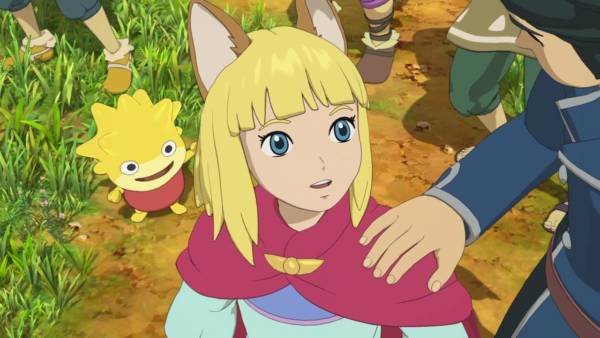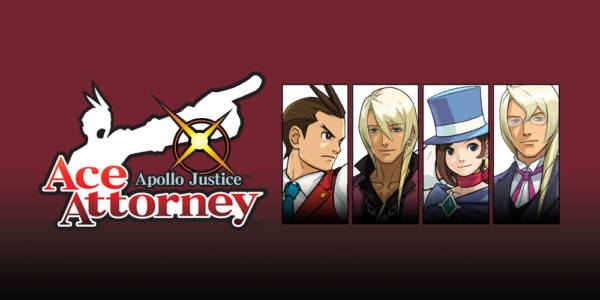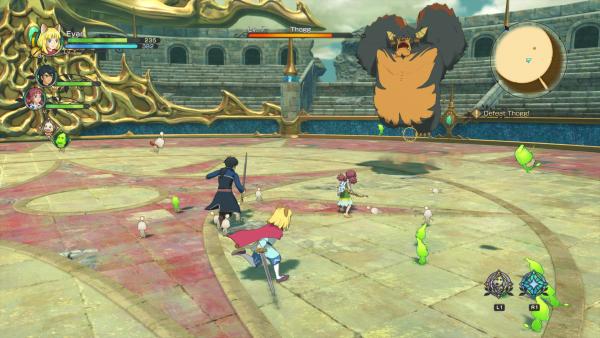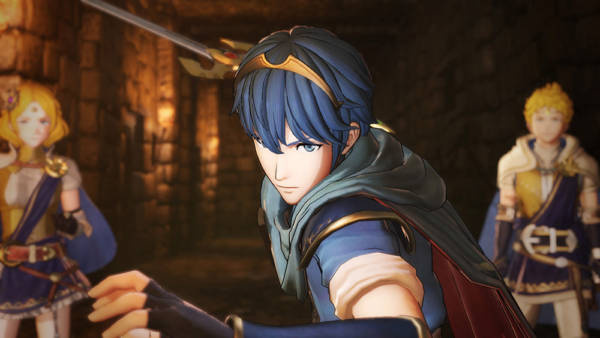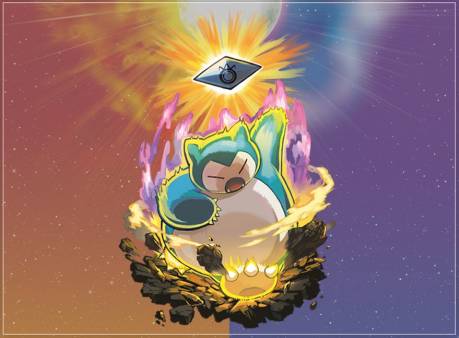It sure has been a long time coming, but Level-5 and 1-Up’s adorable RPG, Fantasy Life, has finally made it to Western shores. Released in Japan back in 2012, the game has made moderate waves over the course of its already lengthy life, but will Fantasy Life’s new audience enjoy what the world of Reveria has to offer?
Fantasy Life is built upon the idea that there are 12 different ‘Life’ paths in the world which any person can choose to take on. These Life’s make up everything you need in your average adventure game, from Blacksmiths forging weapons to Alchemists creating healing potions. In a typical RPG you would likely be buying items from traders while you continue on your journey to save the world. However, Fantasy Life does things a little differently by making you become all of these characters rolled into one little package. Not only do you save the world, but you help create it.

Right off the bat, one thing does need to be made clear about Fantasy Life. It is not, by any stretch, an Animal Crossing-like creation, despite Nintendo promoting it as such since the game’s reveal at the Treehouse. Sure, you can decorate your house, but that’s really about where the similarities end. Instead, Fantasy Life much more closely resembles Level-5 ‘s flagship Dragon Quest series in style, crossed with Rising Star’s Rune Factory for overall gameplay. While many Animal Crossing fans may also enjoy Fantasy Life, there’s a chance it will be too RPG heavy for some.
Now, the Life system is really what is at the core of Fantasy Life, and is what will keep you engaged most throughout the game. The Life’s are divided into three main sections; collecting, crafting and combat, and they are honestly as straight forward as they sound. Collecting jobs consist of the Woodcutter, Miner and Angler, crafters include the Tailor, Blacksmith, Carpenter, Cook and Alchemist, while the combat roles are Mercenary, Paladin, Hunter and Magician. Each Life comes with its own specific set of skills which will level up the more you use them, and each Life has a Master who will set you additional challenges to help level up your job and unlock new recipes or abilities.

You can swap between the 12 Life’s whenever you fancy, except during story missions, when you become locked in to your current Life. This is well worth noting, as it can be a little annoying being stuck as an Angler when you’ve got some big scary monsters to go and defeat. That said, skills do transfer between Life’s, which is a really smart feature. This means that smaller roles, such as the collecting jobs, should ideally be learnt early so you can chop trees and catch fish whenever you want while you roam about the world in a more suitable combat role. It also means that your Angler isn’t totally defenceless should you have levelled them up in a combat job previously – they just aren’t as strong as they could be.
Characters are also governed by three types of currency, which gives you a lot of options depending on which you want to strive for the most. First of all there is Dosh, which is, somewhat obviously, in-game money. Though Dosh is relatively easy to come by, it is a necessary commodity should you need to buy an item you simply can’t make or find, or if you just want to move into a fancier house. Next up is Bliss, which you gain by completing personal achievements, such as playing so many hours or reaching the next stage of a Life. Bliss points are used to unlock upgrades for your world, which range from increasing your bag size and improving the shops’ stock, to allowing you to restyle your hair or have a pet. Finally we have Stars, which are gained when you complete a challenge for your Life Master. These go towards your Life experience to help you level up from Fledgling through to Master yourself, bringing with them a wider range of options for you to play with as you advance.

Fantasy Life is very much shaped by the way you choose to play it, which can be a double-edged sword. While I really enjoyed the experience the game had to offer me, I can imagine how this may not be the case for everyone if their first Life choice was a bit of a disappointment. I started off as a Tailor, which I felt was a very strong foundation for my adventure. I could enjoy taking on my Master’s challenges early as all the raw materials I needed to make items could be bought or foraged for nearby, while the huge array of clothes available to craft kept me well occupied. The clothes I had made could then be worn for a defence boost, so that venturing out into monster territory wasn’t too worrying at low levels. I spent a surprising amount of time in my first Life before jumping ship – almost 8 hours – because there was so much I could achieve at once before feeling I had to move on.
However, the collecting jobs, such as woodcutting and mining, are not quite as fulfilling. The activities you perform are much more limited, and there is none of the instant gratification that you get from making a new top to wear or sword to wield, as is true for the crafting jobs. There is also a lot of roaming about to complete challenges, which would be difficult during your first few hours without suitable equipment. While these jobs are extremely important to the game as a whole, they very much run in the background to the other Life classes. Because of this, players who adopt these jobs early may be discouraged until they venture into other roles – or even give up on the game completely.

It’s not all about the Life system, however. Aside from the missions your Masters give you, townspeople will provide an endless array of quests for you to complete. These are enjoyable little goals which encourage you to try out new activities in the game, such as trying to create a top quality pine bow for a hunter, who will pay you in Dosh or items in exchange. Though you will likely spend most of your time in the game guiding yourself through the different jobs and quests, there is also an overarching story in place which keeps you in check. While you can choose to ignore the story and go about business the way you want, you will eventually face literal road blocks which force you back into the tale should you want to explore new areas of the world.
The story itself is an interesting one, if a little predictable. It revolves around sparkling, talking butterfly who’s decided to become your best friend, and strange black gems that are falling from the sky and have peculiar effects on those who go near them. In terms of predictability, there’s quite a few moments where there is supposed to be mystery surrounding events and characters, but for the most part, the mystery is pretty obvious or can be worked out way before the big reveal. This may be because the game is intended for younger audiences, but I think there is still more room to engage older players at the same time. However, while the story is pretty average in and of itself, it is still very well written, with charming humour and characters that you will instantly fall in love with – or hate, as is required.

There are very few issues with Fantasy Life’s design as a whole, as it is a very well put together game. The graphics and design are bright, varied and downright adorable, and while the music doesn’t intrude too much on the experience, the happy tunes will likely get stuck in your head after long play sessions. The 3D looks good, and is well utilised throughout the game, which is unusually seldom true for 3DS titles, and not once did I stumble into any hiccups or bugs, graphical or otherwise. There are also some incredibly useful little features scattered throughout the game which really streamline the experience, such as the ability to warp to your current Master, your house and the Guild (where you change your Life), or the ability to use stored items at any crafting table, to save you having to wander back and forth getting items out of your house.
Overall, Fantasy Life is a fantastic addition to the 3DS family. It’s the kind of game you can unknowingly pour hours into as you work to complete ‘just one more’ task, but if you can’t dedicate hours to it, then the short activities and frequent save spots mean you can drift in and out just as easily. It oozes charm and is beautifully made, and though the story does fall short in places, clocking in at less than 10 hours, the journey you create for yourself is really what makes this game so engaging for well over that amount of time. That said, to get the most out of Fantasy Life you need to be the type of player who enjoys reaching targets and completing challenges off their own back, which of course won’t be for everyone. However, I do think Fantasy Life is well worth a look for anyone who may be the least bit curious about it, as you may just lose your own life in the beautiful world it has to offer.
